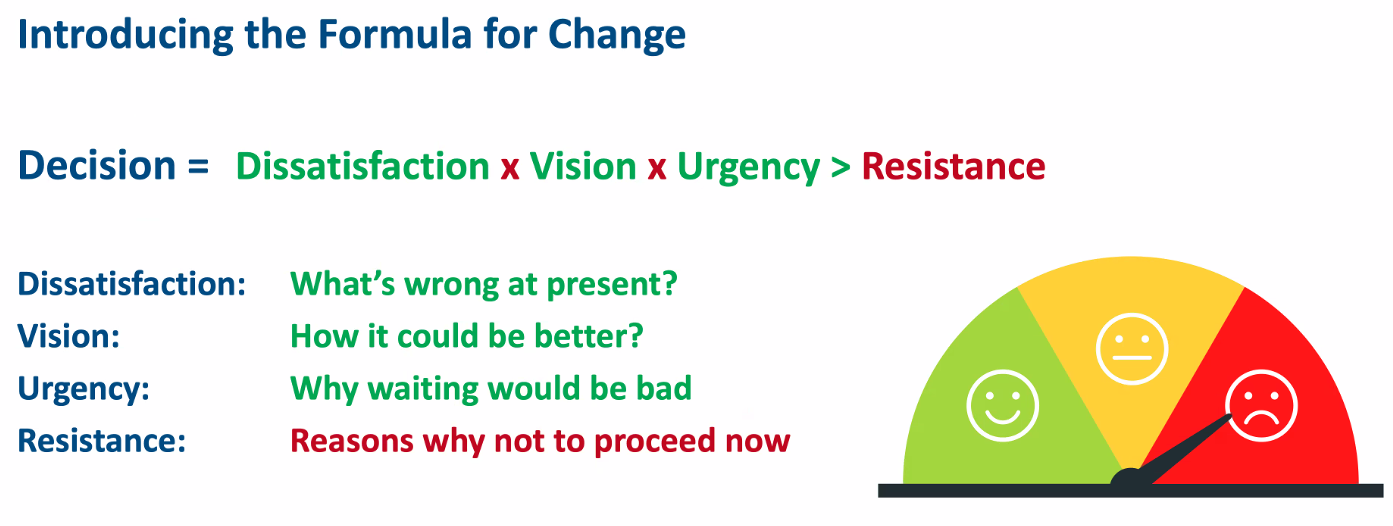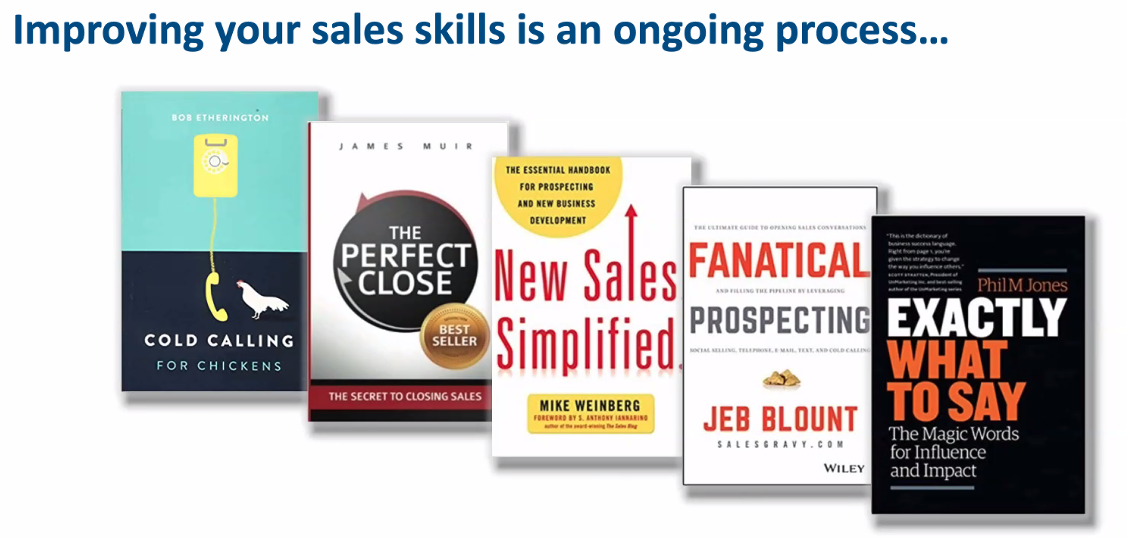The Psychology of Sales
This week in one of our ActionCLUB Group Coaching sessions, we looked at some key principles around the issue that faces MANY business owners, almost all the time: How can I sell more?
What is selling?
This is the first thing to address: What is the definition of selling? Here are some answers proffered by our group members today:
- Receiving money for a product or service
- The process of selling – doesn’t have to be a transaction
- Effectively communicating the value of your product or service to someone else
A good sale actually is “The FAIR exchange of products or services for money.” The purchaser remains happy after completed the purchase, paying their money and getting a product or services in return. If this won’t be true … don’t sell to them. If these principles are in place, not only do you get repeat business and referrals, but you also get great clients. One person in today’s session explained that in a previous role, he really questioned the morals of the method of selling a certain product to the point that he had to leave the job! He was being asked to enforce a sale onto people who didn’t actually need the products that were being “added on” to their current package- an elderly customer who admitted she didn’t need a family package because she lived alone, but was enjoying the conversation and sound of his voice so much.
Selling is a skill – so therefore, what can you do? You can learn it! How do you learn it? Practise! If you find yourself saying, “I’m bad at selling,” then stop! It just means you haven’t had it modelled to you, and haven’t practised it yet! Record what you are doing, track the process, and review and reflect each time. Get real feedback from others… How many people out there write down and keep notes on each sale that you make, or fail to make?
And whilst we’re at it, make two of these things part of your sales training process (even if only for yourself)- Listen back to your sales calls, and role play your sales script with someone else. You won’t get better at it unless you put meaningful and deliberate practise routines in place.
Four steps of every good sale
- Build trust
- Establish the customer’s needs and wants
- Agree the best solution
- Close the sale
This should end with a win : win, with people paying a fair price for a product or service that fulfils a genuine needs for them.
This could be summarise as the acronym, TEACH: Trust, Establish need, Agree solution, Close (adding a fifth step of “Happiness” for the outcome).
What is trust?
When we posed this question today, we had a range of excellent points regarding what trust really is:
- Building rapport
- Honesty and integrity
- Believing in the sincerity of the person you are talking to
- Without trust, people won’t invite you on their journey: they won’t want you involved in that aspect of their lives

All of this sits on top of your prospect’s perception of how self-interested you are in making the sale.
Credibility: How do you demonstrate ability and experience? This can be broken down into “Pre-Credibility” and “On the spot credibility” – so important in modern-day sales where customers may have completed 80% of the sales journey before speaking to you (according to Marcus Sheridan).
- Quality content – website and social channels, email signature inviting people to “check you out”
- Accreditations made clear – sometimes even included on the clothing you expect your staff to wear
- Testimonials / referrals from others / examples of others with same problem
- Stories – refer back to similar experience of others, but also tell your own story
- Tell people how long you have been going for
Reliability: How do you show that you will do what you say, when you say?
- Basic principle but a worthwhile one – reply promptly! You’ll be surprised how hard your competitors are to get a hold of!
- Another basic one, but turn up on the time that you agreed – and don’t forget, if you turn up on time, you are late! 5 minutes early is on time.
Likeability: Do you seem likeable? Can people tell that you are likeable?
- Body language – smile, stand open, take shoes off in house
- Listen to what they say – ask questions and respond to the question
- Remember their name and use it often – are they Andrew or Andi?
- Adapt to the person you are speaking with – do they want to go more direct, with short sentences, or have more time to talk and laugh together? Some people even go so far as to change their accent / pronunciation of certain words, depending on who they are speaking with.
- However, REMAIN AUTHENTIC – still be you!
Self-interest: If people perceive you are primarily seeking your own benefit then your “Trust” score plummets.
Note that if you can achieve 10 x 10 x 10 then you start with 1000 points. By dropping even to 9 x 9 x 9, which are still remarkable scores, you drop to 729… a 27% drop in trust overall.
How does self-interest display itself most obviously?
- Being so keen for the sale that become pushy, even though you genuinely want to help
- “Over-emphasising” danger / risk – needs to be done immediately
- Stretching the truth of the situation
- Exaggerating the problem
- A salesperson suggesting problems that the person hasn’t recognised yet
Why not make it clear that there are 3 outcomes in every sale:
- You discover that this will work for you, and we’re happy to work with you
- You want to proceed, but we think you need to wait
- It isn’t for you – and you are happy for the prospect to walk away deciding not to buy from you.
This final point disarms the feeling in the potential customer that you are only selling to them out of self-interest: that actually, if it isn’t right for them, then you are happy for them to leave with nothing.
Establish the need
This is the most important stage in any sales process! There is an emotional change – when trust is build, it is emotional: establishing the need becomes a far more logical part of the process.
A few tips and principles to remember:
- You are the expert… BUT don’t expect the client to know what they want!
- Imagine an appointment with a doctor, opening the conversation by saying, “I’ve got these new pills, they’re absolutely amazing, got some here I can prescribe you. Sound good?” Would you take those tablets? No! They haven’t even gotten to find out what is wrong with you!
- Be curious and ask lots of questions
- What are the right questions to ask first? Do you know which questions to ask? Which questions have you tried and tested – literally measured – and found to be most successful?
- Check that you’ve understood ALL needs – and then confirm in your own words that it is correct. “I think I have understood what you need – but can I just check that I’ve understood?” This is the moment when a person gives you permission to explain your solutions.
- Be aware there may be more needs than they are giving you, or be aware of themselves
- Don’t continue until all needs are clear – and this is the point that you can start suggesting your solutions… you are being given consent to explain why they should complete this sale. These are absolutely CRITICAL parts of the TEACH model!
You are then in a position to agree the best solution. Propose 3-5 alternatives, and state why each is good OR BAD in relation to their needs and other criteria. Ask them which seems to best suit their needs? Provide the 3 different temperatures of porridge – they can choose their own “Goldilocks” options: 80% of people will go for the middle option. NEVER put even numbers of options – people don’t cope! Always present something above what they need, below what they need, and then finish with the product / service that is within their price range and still able to satisfy their current need.
At this point, SHUT UP! Leave silence do its job. Just be curious as to why and how they can see that solution being the best one for them.
Close
DON’T GO STRAIGHT TO A CLOSE! This is the equivalent of asking someone to marry you on a first date. The rule is, “Always be soft closing”.
If you go for a hard close, it is very hard to come back from that. What’s the worst thing to hear? “I need to think about it.” – this is a sign that you haven’t yet demonstrated that you understand the needs, or that your solution hasn’t demonstrated the value it might add.
Trail the idea and soft close a few times until they are sure of a proposed solution… Not asking for the sale is criminal – remember you are NOT there to steal their money, you are there to help them! Your services are good services… we are adding value. Imagine if you don’t complete the sale, and they end up working with a complete charlatan!
What should you do if people ask you to discount? Why not try this phrase:
“If I were to do it at that price, would you be happy for me to go ahead?” If the answer is “Yes”, then you know that the price is the only issue they have. That is the point at which you can start to make a decision about whether to go ahead with the lower price. If they are telling you about an alternative provider who is offering the same service for less, why not say, “I’m not sure how they can do it at that price?”
Once the close has happened, confirm the next steps and stay in touch throughout the process. The sale is not a sale until the customer has paid!

People have to be dissatisfied to buy- but equally not if people can’t see the vision of the solution, and not feel a need to action now, then they will have valid reasons not to proceed now. Still bare in mind throughout – you are NOT stealing people’s money… remind them of what the cost would be of not taking action now? How long do you want to go without a proper brand? Good health?
Knowing this, how can you increase your sales? First point is, do you have a formal, written-down sales process? If not, you have something to add to THIS WEEK’s to-do list.
How can you create urgency for a sale? Why not use visualisation? “Imagine yourself continuing as you are for the next 6 months? Now imagine working with us for 6 months – how would that look?”
If you don’t have a written-down sales process, then WHY NOT? The sales process is the first step in achieving loyalty from customers – it should be a process that prospects fully enjoy and end up recommending you to others.
Notice that this equation employs multiplication signs – depressingly, of course, once you multiply anything by 0, the result is 0, regardless of the size of the other numbers. You could generate a level 10 on both dissatisfaction and vision, but if you leave the sense of urgency at 0, you literally cannot been the resistance – you have a potential customer who wants to buy, can see the benefits of your solution, but will get stuck in the business equivalent of, “The Friend Zone” – this can extend the length of the sales process by months and years, with a customer unready to buy for an incredibly long amount of time. This brings up another point – that actually most of your prospects probably don’t go to your competitors: they probably just don’t make a decision, and are waiting for that sense of urgency to arrive. Have a go at taking them back to their original inspiration: “Why did you start the business? Why haven’t you achieved that goal yet?”
Conversion Rate Increase
Do you know your conversion rate? Do you track it? If not, you need to start doing so! ActionCOACH has a list of 84 ways to improve your conversion rate – imagine implementing just 3 of those into your business. A 10% increase in your conversion rate guarantees you a more than 10% increase in your profit!
Recommended books for improving your sales:

Reminder that two of these (James Muir and Phil M Jones) will be at BizX this year!
I need more help!
I’m always happy to spend an hour with any business owner who needs support – totally free of charge. Contact our Head of Sales, Andi Davies, to set one up in the coming weeks.





